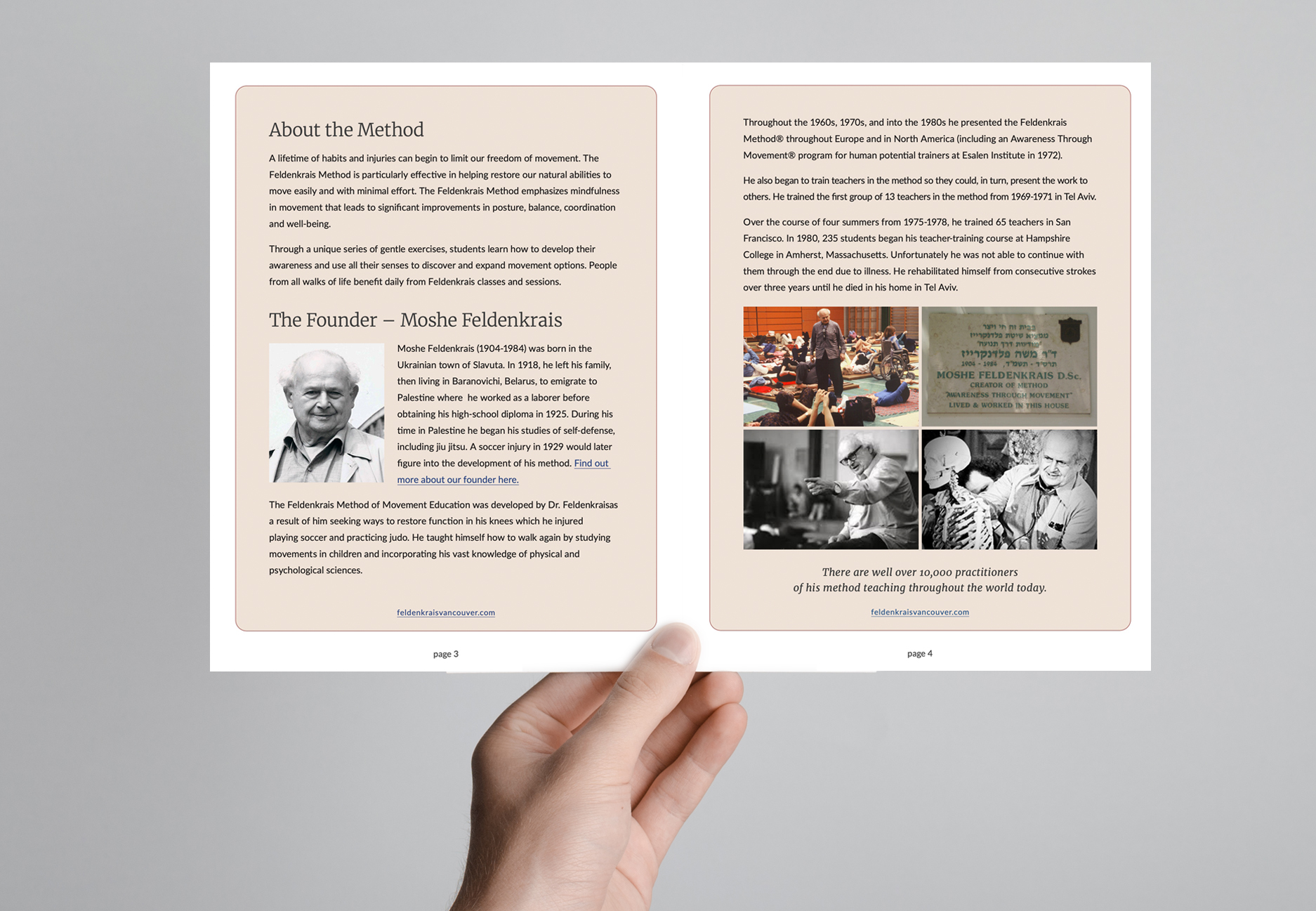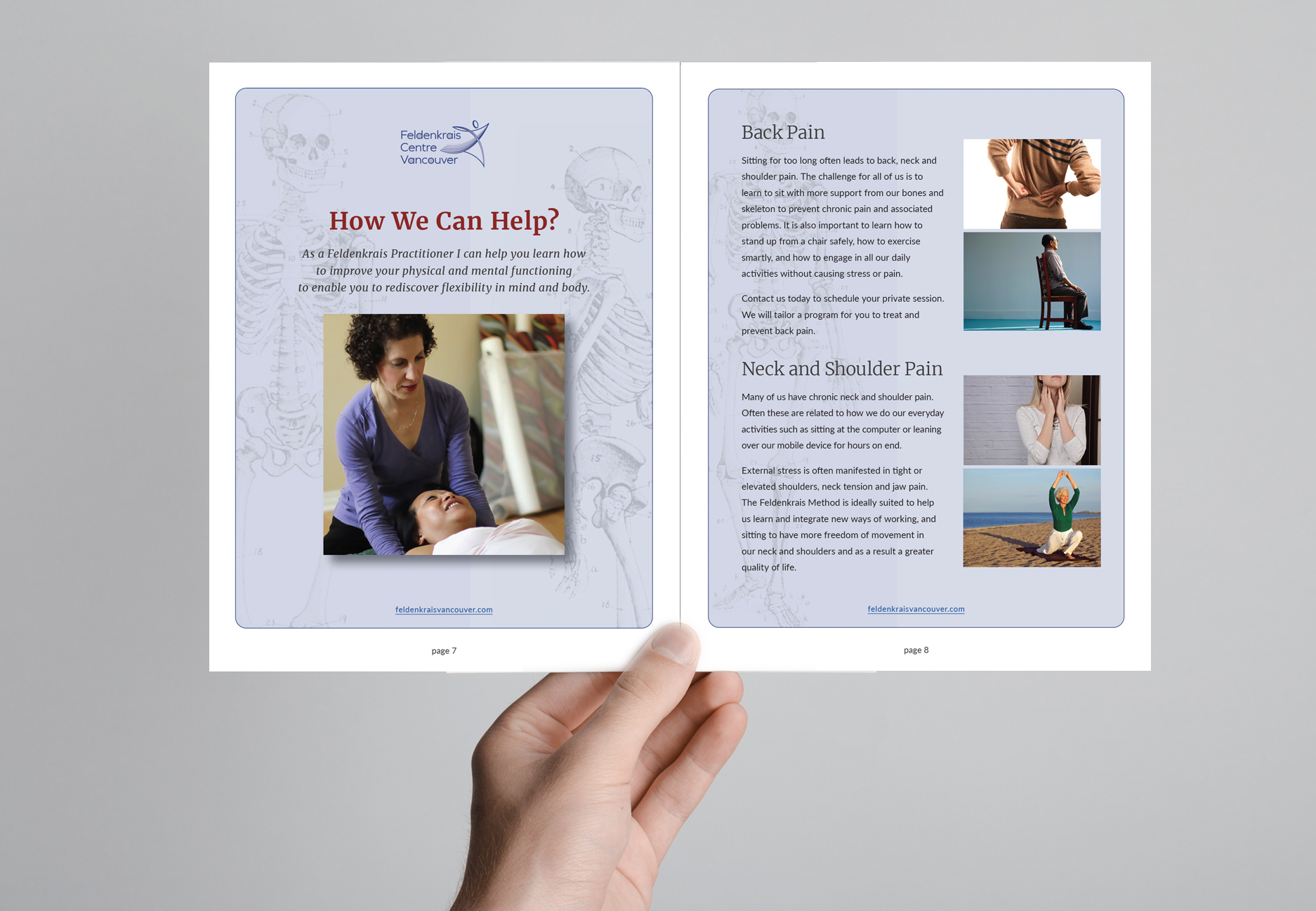What is the Feldenkrais Method?
A few weeks ago the North American Feldenkrais community was abuzz and everyone was sharing a short video clip from the 2016 Scripps National Spelling Bee. In the final round, a 5th grade contestant was asked to spell the word “Feldenkrais”. The announcer said it didn’t really have a definition but “is used for a system of body movements intended to increase body awareness and ease tension.” Viewers can see the sheer joy in the 11 year old’s face when he successfully spelled the word as well the excitement in his competitor who successfully spelled an equally difficult word and tied the competition. Their love of learning, of figuring out new and rare words, and their confidence, is a joy to witness.
Young babies, toddlers, and children love learning. In every new experience they discover something novel and exciting. Their curiosity is evident in the questions their bodies ask as they learn to move and in the new challenges they try, all with a sense of exploration and without it appearing that they are afraid of falling or failing.
What happens when we get older? Why are many of us reluctant to try new things, to move out of our comfort zones and to undertake new challenges? What makes us so afraid to fail? How can we learn to learn from our failures? As Paulo Coelho said: “There is only one thing that makes a dream impossible to achieve: the fear of failure.”
Dr. Moshe Feldenkrais, the founder of the Feldenkrais Method®, challenged us to learn how to learn. He often reminded his students that he was not teaching them to have flexible bodies but flexible minds, that developing new ways of thinking was more important than how they moved. He believed we needed more than only body awareness to live full and productive lives. Feldenkrais was more than a traditional teacher. He was a facilitator, long before that word was in vogue, helping others to learn for themselves how to increase awareness and ease tension so as to function at their full potential. His way of thinking and ultimately his method, was at the forefront of neuroplasticity.
When students of the Feldenkrais Method embrace the concept of learning and exploring and are able to let go of having to be only goal focused, their enthusiasm to learn new ways of moving and being comfortable is a delight to witness. They ask wonderful questions and share their insights of what they learned, teaching all of us as well as learning themselves.
I invite all of you to join us in this amazing journey of discovery. We don’t stop our classes for summer vacation; see class details and join us at any time.



